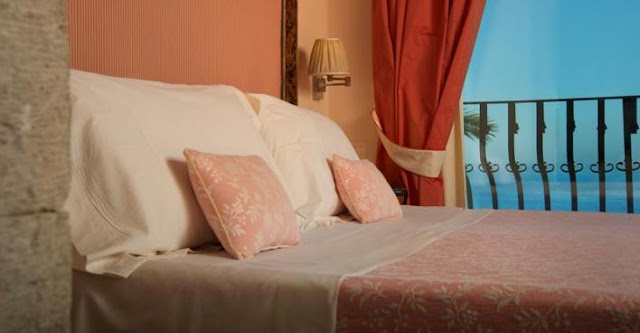Opera de Monte Carlo
Located in the principality of Monaco, the Opera de Monte Carlo was opened in 1879. Designed the magnificent and extravagantly, the opera house was recently renovated. Over 80,000 gold leaves were applied to paintings and moldings, a five-ton chandelier has been entirely rebuilt. As it seats only 524, it is often difficult to get tickets. This the only opera house in the world to feature exterior views (thanks to the windows overlooking the Mediterranean) from within the concert space.
Teatro di San Carlo
Located in Naples, this is the oldest opera in Europe that has never closed the door. Opened on 4 November 1737 and then it was the largest in the world with its 3300 seats. Teatro di San Carlo is included in World Heritage by UNESCO.
The Mariinsky Theatre
Opened in 1860, this is pre-eminent theater is located in St. Petersburg, Russia. Named after Empress Maria Alexandrovna, wife of Tsar Alexander II and there is a bust of the Empress in the main entrance foyer. The building was severely damaged during the 900-day Siege of Leningrad, but later restored in 1944. With its marvelous 1,625-seat auditorium it is one of the greatest world class music theatres.
Bavarian State Opera
Built in 1818, Bavarian State Opera is located in Munich and features an impressive exterior and a magnificent interior. Destroyed in World War II it was moved to another place and built in its original form. Re-opened in 1963, the State Opera seats 2,100 people. Today the opera is among the most famous in the world.
Teatro Amazonas
This opera is in the heart of Manaus, deep in the Amazon rain forest of Brazil. Opera House was constructed during the Belle Epoque – the era of rubber that makes Manaus one of the most prosperous cities on the continent. The dome of the opera is covered with 60,000 ceramic tiles imported from France and currently has 701 seats
Romanian Athenaeum
This concert hall is one of the most beautiful buildings in Bucharest. It was built in 1888 in neoclassical style by architect Albert Galeron and considered as one of the architectonical jewellery of Romania. The auditorium (28, 50 m in diameter and 16 m high) having a special acoustics, seats 600 in the stalls and another 52 in loge seating.
































































